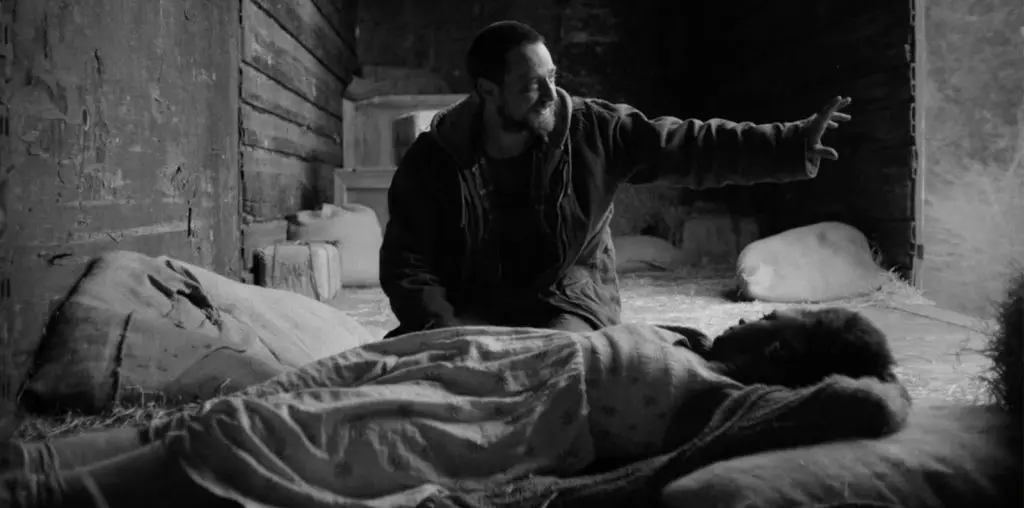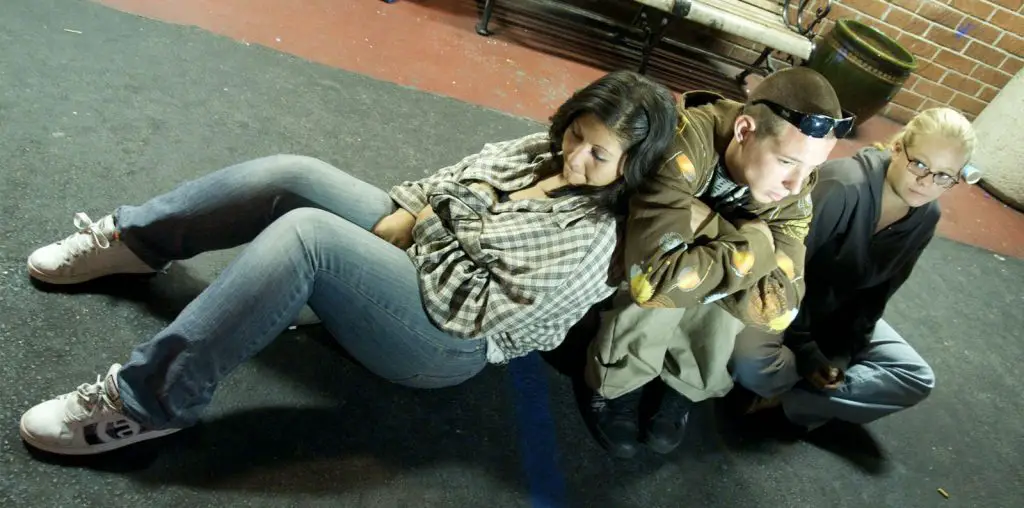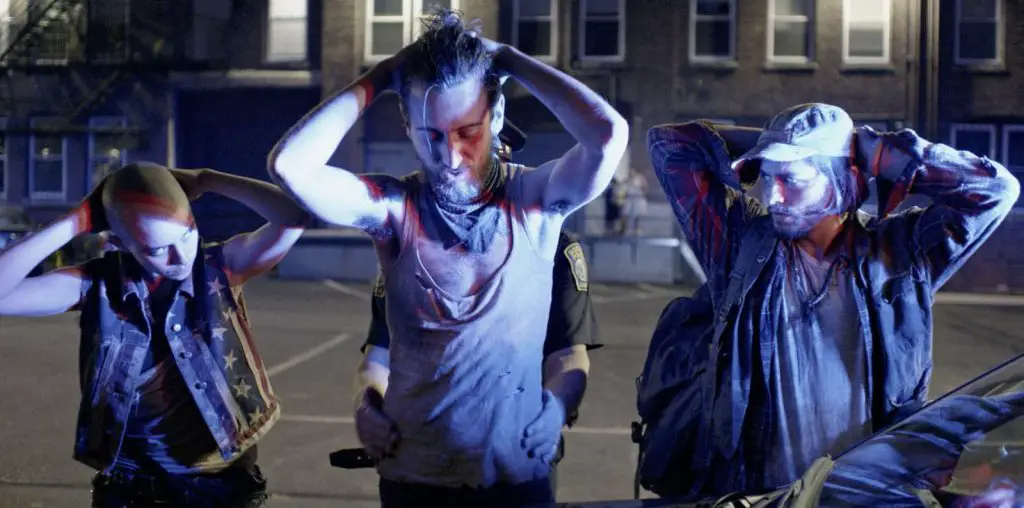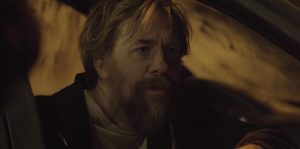
First and foremost, there’s Harold. He has mental health issues, and the film gets right to the reason why he’s in the car, but slow in how to get him out. Harold is stuck mentally in life, and the car is his only safe space. The occasional bullying from neighbor kids is a minor inconvenience and the continual plea from everyone to “just get out of the car” goes unheard. He just can’t move on, and like in the movies, Harold’s remaining moments in the car are counting down quickly.
On the other side of the car doors are Harold’s family and neighbors. Each one quickly falls into Harold’s friends or enemies camp. His family is frustrated because Harold is steadfast in his resolve and dug into his living situation. Some of the neighbors, like Rita and Jacob, are genuinely concerned about Harold’s well-being by protecting him and providing food or other basic needs. In truly evil fashion, others want the eye-sore of a car removed, and Harold removed by force, if necessary.
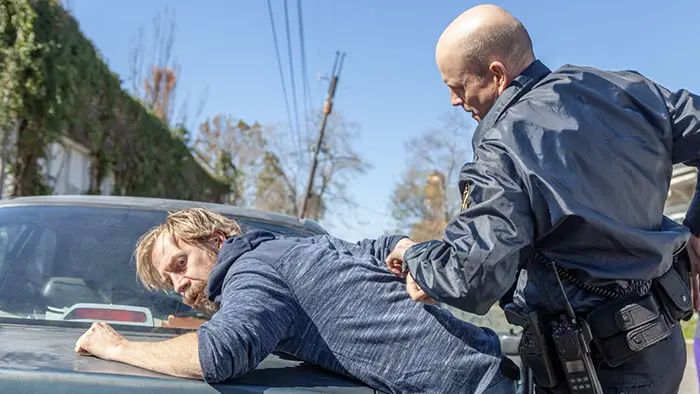
“Sam Cobean, as Harold, is the story, and he’s brilliant.”
Broken Down moves briskly toward the end as the clock counts down, and the police ultimately have no choice but to move in and end the situation once and for all. Sam Cobean, as Harold, is the story, and he’s brilliant. He is a likable character, and we feel frustrated when every attempt by friends and family to help him is rebuffed. His portrayal of mental illness feels genuine, grounded, and you’ll want to root for him at the end.
Though the ending is somewhat predictable, Williamson’s statement about the state of homelessness and mental health today is clear. In the end, the message of Broken Down is more about empathy than it is about answers. Most importantly, we tend to view the homeless as a problem to drive by; instead, we must never forget that each one is still human like us and not so easy to write off.
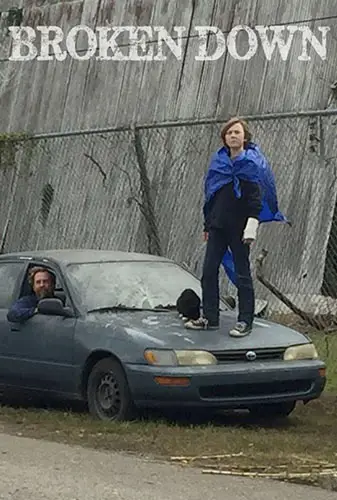
"…we feel frustrated when every attempt by friends and family to help him is rebuffed."
